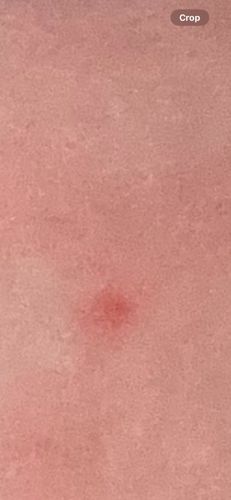Mosquito
Scientific Name: Various species within the Culicidae family (e.g., Aedes aegypti, Anopheles gambiae, Culex pipiens)
Order & Family: Diptera (Order), Culicidae (Family)
Size: 3 mm to 10 mm (0.12 to 0.4 inches) in length

Natural Habitat
Mosquitoes thrive in warm, humid environments. They require stagnant water for their larval and pupal stages, which can include ponds, swamps, marshes, tree holes, and artificial containers like buckets and bird baths. Adults are commonly found in grassy areas, forests, and near human dwellings.
Diet & Feeding
Female mosquitoes feed on blood, primarily from mammals and birds, but also from reptiles and amphibians, to obtain proteins for egg development. Both male and female mosquitoes feed on nectar and plant sap as their primary food source for energy.
Behavior Patterns
Mosquitoes are most active during dawn and dusk, though some species bite during the day. Only female mosquitoes bite, as they require a blood meal to produce eggs. They locate hosts using carbon dioxide, body odor, and heat. After feeding, females lay eggs on or near water.
Risks & Benefits
Risks: Mosquitoes are significant vectors of numerous diseases globally, including malaria, dengue fever, Zika virus, West Nile virus, chikungunya, and yellow fever. Their bites can also cause localized itching and allergic reactions. Benefits: Mosquitoes serve as a food source for various animals, including birds, bats, fish, and other insects. Larvae can help filter organic matter in water. Adult mosquitoes also contribute to pollination by feeding on nectar.
Identified on: 9/4/2025